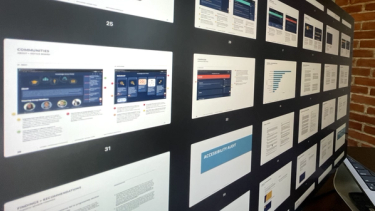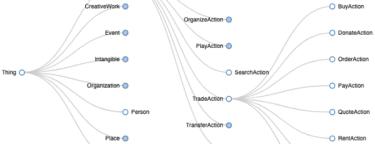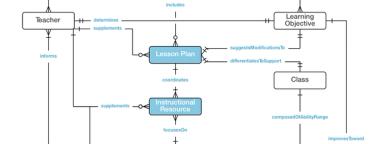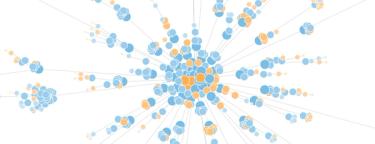UW Medicine

I helped UW Medicine create a content strategy and information architecture approach for integrating health and wellness content into their main website in a systematic, goal-oriented way. Now, UW Medicine’s UX and content teams can use their vast library of health and wellness content to help site visitors find the resources they seek—and engage with the healthcare professionals and services they need.








